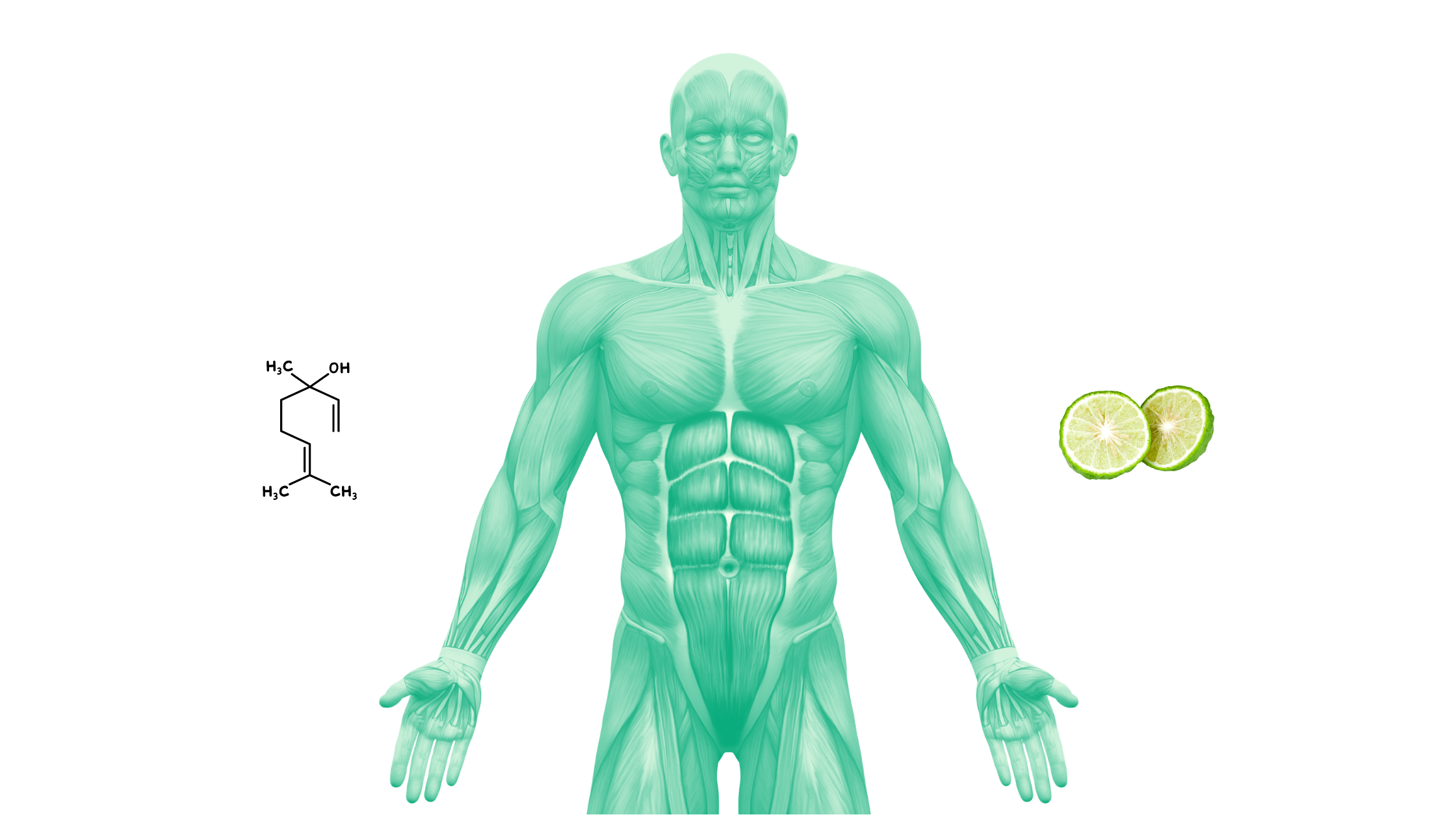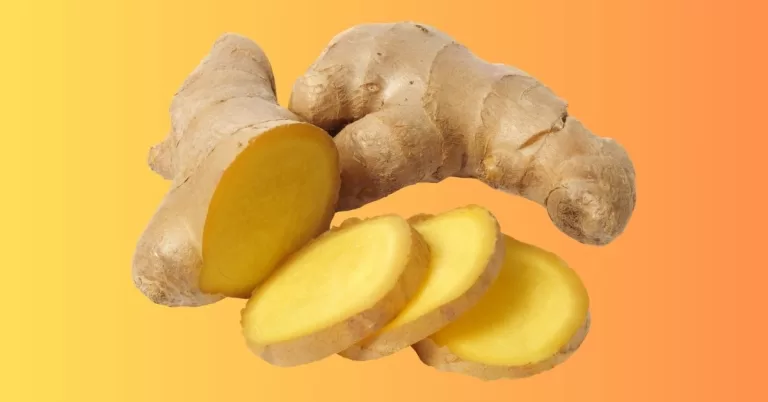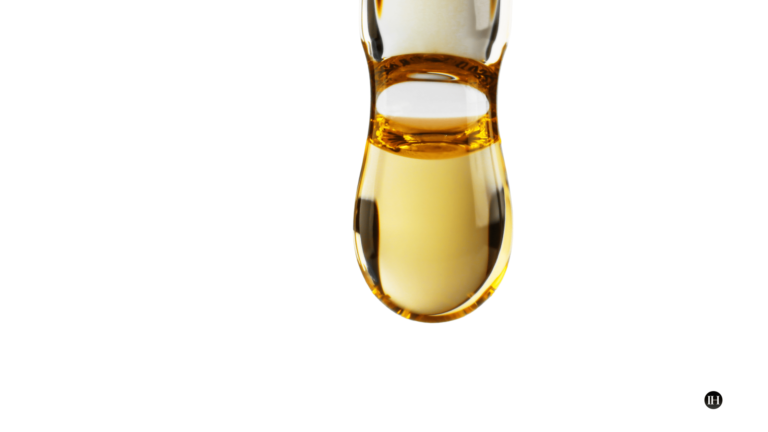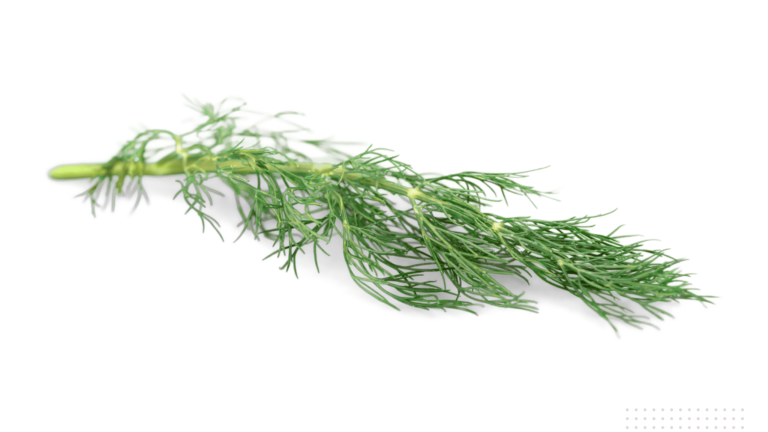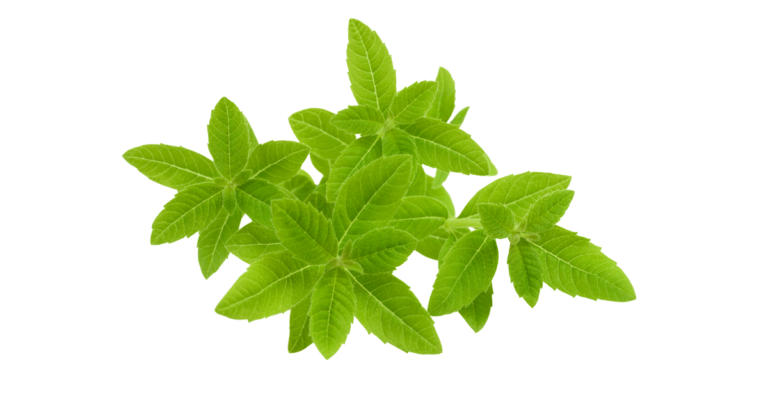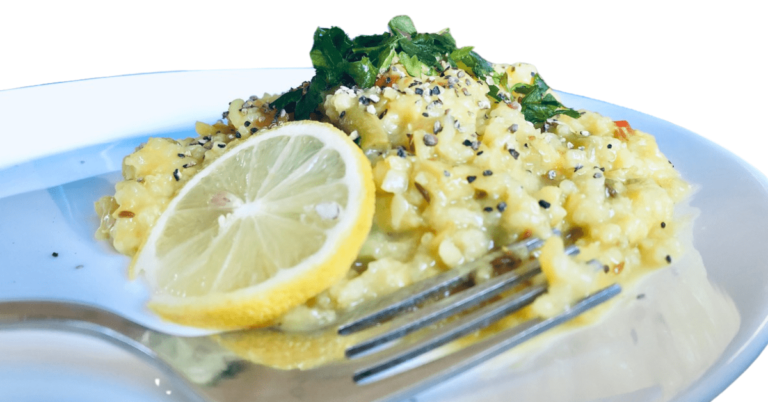Linalool, An Agent Helpful In Stress Balance, HPA Axis
Linalool is an organic plant compound, a monoterpenoid, commonly found in various plants’ essential oils.
The compound has been studied for its potential regulatory, anti-anxiety, anti-inflammatory, and pain-relieving effects, making it a subject of interest in natural medicine.
Key Points
This article presents an overview of this particular compound, its therapeutic effects, and potential uses, such as its ability to influence the HPA axis indirectly. It also examines (in a limited manner) related case studies based on available data.
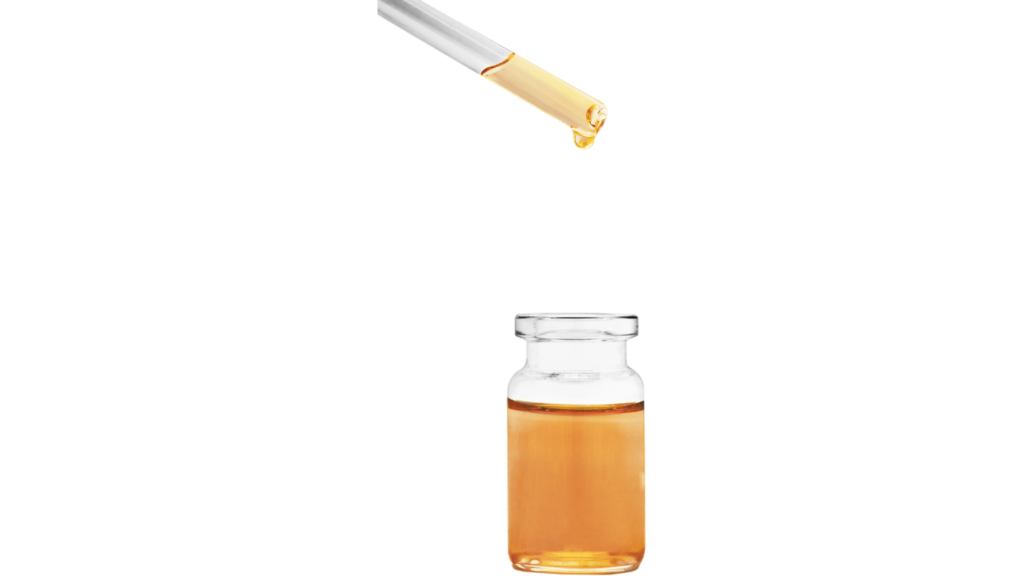
Linalool
Well-known plants that contain the compound linalool include lavender, bitter orange, basil, coriander, ylang-ylang, rosemary, and damask rose. Many different plants contain varying amounts of linalool.
These plants are valued not only for their aromatic properties but also for their potential therapeutic actions on the systems within the human body, such as the central nervous system etc.
Classical Context
Subsequently, essential oils in several plants are well established in classical sciences for their associated actions as anti-stress agents and good sources of anti-inflammatory and anti-oxidative properties.
Which are fundamental to anti-ageing or ageing well.
In a previous article, we discussed the therapeutic value of plant oils in more detail.
Monoterpenoid, A Category Of Terpenoids
Monoterpenoids are natural compounds found in essential oils. Linalool is a monoterpenoid, which is part of the terpenoids category.
They provide many plants’ characteristic scents, flavours, and potential medicinal and therapeutic uses.
Examples Of Terpenoids
According to a recent study by Masyita A et al. (2022), some terpenoids include carvacrol, citronellal, geraniol, linalool, linalyl acetate, piperitone, menthol, and thymol.
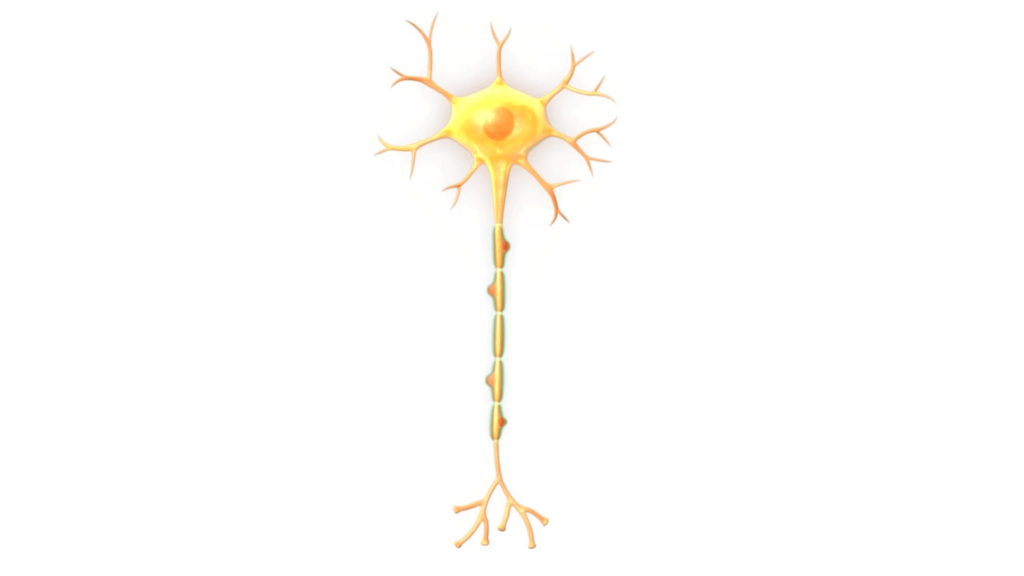
Ancient & Classical Use of Linalool
Linalool-rich oils and extracts were used in traditional Ayurvedic medicine in ancient India for their aromatic and medicinal properties. As well as several other ancient disciplines in regions such as Egypt, the Middle East, China, Greece, etc.
This demonstrates the enduring historical significance of this compound in ancient sciences, where it was valued for its therapeutic benefits and aromatic qualities.
Plant oils are generally considered safe (GRAS); however, using plant essential oils as a therapeutic dose differs from using them occasionally.
Characteristics Of Linalool
Linalool is associated with a pleasant floral scent and is often used in perfumes and aromatherapy.
It is a floral, citrusy, and slightly spicy compound with a sweet, refreshing taste often described as lavender-like or reminiscent of bergamot.
Other compounds and linalool interaction with the compounds in a particular plant create the plant’s distinct scent.
Sometimes, the difference in scent may be subtle but it contributes to the characteristics of a plant’s aroma.
The next section briefly explores the potential indirect influence of linalool on the central nervous system, specifically the HPA axis, and subsequent anti-stress, anxiolytic, and relaxing effects.

Hypothalamic-Pituitary-Adrenal Axis (HPA Axis)
Stress information is recognised in the cerebral cortex, which follows the hypothalamus, where the HPA axis activation occurs, regulating the stress response.
The HPA axis, which stands for the hypothalamic-pituitary-adrenal axis, plays a crucial role in the body’s response to stress.
When the brain perceives a stressor, the hypothalamus releases corticotropin-releasing hormone (CRH), which then stimulates the pituitary gland to produce adrenocorticotropic hormone (ACTH).
ACTH in turn travels to the adrenal glands, where it prompts the release of cortisol, a key stress hormone.
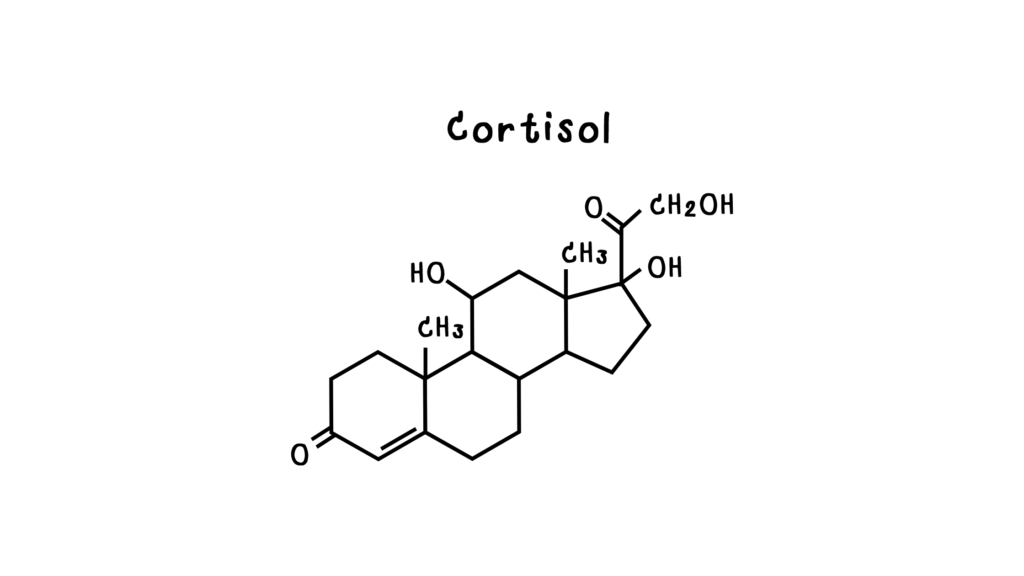
Unbalanced Cortisol Levels, Cortisol-Mediated Adiposity
The human body is equipped by nature to handle some stress, but when stress begins to disrupt our cortisol levels, it can lead to weight gain in various ways.
Firstly, high cortisol levels can increase appetite, leading to overeating and weight gain.
Cortisol-mediated adiposity, i.e. stress-related weight gain: adiposity refers to the state of being overweight, often about body fat or obesity.
Additionally, cortisol can also affect where we store fat, with stress-induced cortisol often leading to fat accumulation around the abdomen, contributing to an unhealthy increase in weight.
Furthermore, elevated cortisol levels can also slow our metabolism, making it harder to burn calories efficiently.
Increased appetite, abdominal fat storage, and a sluggish metabolism can contribute to significant weight gain over time.
Other Disruptions
Additionally, stress and imbalanced cortisol levels can also have other negative effects, including disrupted sleep, impaired immune function, and an increased risk of developing conditions such as heart disease and diabetes.
The Gut
Stress triggers the HPA axis to be activated, triggering the release of cortisol and other stress hormones.
This can lead to increased intestinal permeability, changes in gut microbiota, and alterations in gastrointestinal motility, potentially contributing to gastrointestinal issues like IBS and IBD.
Gut Intestinal Permeability
Intestinal permeability refers to the regulation of substances passing from the intestine into the body.
These changes can also affect the gut-brain axis, influencing mood, behavior, and stress responses.
According to Cooke, Catchlove, and Tooley (2022), “gut microbiota could be an under-appreciated mediator of stress responses and associated changes in cognition, mood and well-being.”
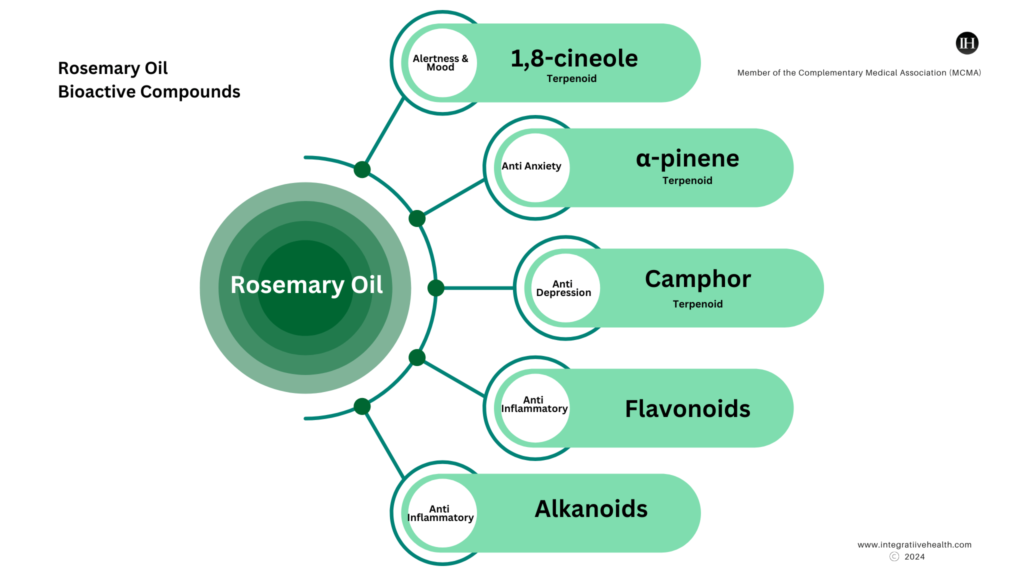
Essential Oils Potential Indirect Influence On Stress, HPA Axis & Gut
Essential oils can indirectly affect the gastrointestinal tract (GIT) through the olfactory system and potentially improve gut microbiota.
When essential oils are inhaled, the olfactory system is activated, sending signals to the limbic system in the brain (part of the HPA axis), which can, in turn, influence the autonomic nervous system and a variety of physiological processes, including those related to the GIT.
Limbic system: The limbic system is a crucial part of the brain responsible for emotions, motivation, and memory.
The Link
Studies have suggested that certain essential oils may have antimicrobial properties that can modulate gut microbiota composition.
Additionally, the stress-reducing and mood-stabilizing effects of some essential oils may indirectly benefit the GIT by helping to alleviate stress-related gastrointestinal symptoms.
According to Dahab et al. (2024), a combination of EOs can significantly enhance bacterial diversity and promote the growth of beneficial probiotic bacteria, particularly Streptococcus spp. and Bifidobacterium spp., within the caecal microbiota.
This suggests that EOs could serve as therapeutic agents for modulating the GM and promoting gut well-being.
HPA Axis Helps Maintain Homeostasis (Balance)
The HPA axis interacts with several other systems in the body, such as the sympathetic nervous system and the immune system.
This intricate interplay helps to regulate the body’s response to stress and maintain homeostasis.
Additionally, disruptions in the HPA axis have been linked to various health conditions, including anxiety, depression, and chronic stress-related illnesses.
The following section will examine two case studies to aid in understanding the impact of linalool in essential oils on the related areas.
1. Case Study: Linalool Regulatory Potential
Dos Santos ÉRQ, Maia JGS, Fontes-Júnior EA, and do Socorro Ferraz Maia C. (2022) discuss linalool as a therapeutic and medicinal tool in depression treatment in their review published in Current Neuropharmacology.
They suggest that studies have shown that aromatherapy using linalool-rich essential oils may interact with factors related to depressive disorders.
Here are some central points from the study
- Changes in the gut microbiota can affect conditions such as increased gut barrier permeability, modulation of monoamine release and efficacy, alteration of HPA axis activity, activation of systemic inflammation and immune response, and modification of Brain-Derived Neurotrophic Factor (a protein) levels.
- Linalool has well-documented anti-inflammatory properties in addition to its effects on stress conditions. Its central mechanisms of anti-inflammatory action make it a useful agent in depression and address this significant pathophysiological factor.
- Linalool has a positive effect on neuron development by regulating connections between neurons and the formation of synapses in the hypothalamus. These findings suggest that linalool has various ways of influencing neuroplasticity.
- Traits of depression may present reduced serum levels of vitamin E, uric acid, albumin, and glutathione. Studies highlight that oxidative stress imbalance is pivotal in chronic issues (linalool has anti-oxidative actions).

2. Case Study: Lavender Essential Oil Sympathetic Nervous System
The main points of the study “Influences of Lavender Essential Oil Inhalation on Stress Responses during Short-Duration Sleep Cycles: A Pilot Study” include the investigation of the effects of lavender essential oil inhalation on stress responses during short-duration sleep cycles;
Here are some central points from the study
- In this study, 12 healthy adults were sprayed with lavender essential oil (LEO) using an aroma diffuser after falling asleep for 90 minutes.
- The study found that α-amylase and chromogranin A (CgA) levels significantly decreased after LEO inhalation. (α-amylase is an enzyme that breaks down carbohydrates, while chromogranin A (CgA) is a protein found in neuroendocrine cells).
- α-amylase is not only important in the breakdown of carbohydrates during digestion in the gut, but it has also been found in the brain where it may play a role in regulating appetite and food intake.
- These results suggest that LEO aromatherapy during a short-duration sleep cycle suppresses the stress response, especially that of the sympathetic nervous system.
Examples of Plant Essential Oils (Linalool)
Lastly, several plants and plant species contain potential therapeutic actions found in their organic essential oils. Listed below are some of the common essential oils which contain the compound linalool.
- Lavender
- Rosemary
- Bergamont
- Clary Sage
- Sage
- ylang ylang
Therapeutic Dose
A therapeutic dose of any plant essential oil should be considered only under the guidance of a professional.

Summary
In summary, linalool, an organic compound found in various plant essential oils, has been studied for its potential anti-anxiety, anti-inflammatory, and pain-relieving effects, particularly its indirect influence on the HPA axis.
This compound, present in plants such as lavender, rosemary, ylang-ylang, and others, has classical significance as a therapeutic and aromatic agent.
Its interactions with the HPA axis, leading to cortisol release, are associated with weight gain and gut permeability changes, influencing various physiological processes.
Furthermore, indirectly, essential oils with linalool have been shown to modulate gut microbiota and may benefit gut well-being.
Additionally, case studies have highlighted linalool potential in depression treatment and its role in suppressing stress responses, showcasing the broad impact of this compound on human health.
Precautions & Suitability
Precautions and personal responsibility are paramount. If something is suitable or not, make an informed choice and seek the advice of a professional. The use of plant essential oils depends entirely on individual health status.
This is an informational post only and does not constitute as professional advice.
- Dos Santos ÉRQ, Maia JGS, Fontes-Júnior EA, do Socorro Ferraz Maia C. Linalool as a Therapeutic and Medicinal Tool in Depression Treatment: A Review. Curr Neuropharmacol. 2022;20(6):1073-1092. doi: 10.2174/1570159X19666210920094504. PMID: 34544345; PMCID: PMC9886818.
- National Center for Biotechnology Information (2024). PubChem Compound Summary for CID 6549, Linalool, (+/-)-. Retrieved June 19, 2024 from https://pubchem.ncbi.nlm.nih.gov/compound/Linalool.
- Yogi W, Tsukada M, Sato Y, Izuno T, Inoue T, Tsunokawa Y, Okumo T, Hisamitsu T, Sunagawa M. Influences of Lavender Essential Oil Inhalation on Stress Responses during Short-Duration Sleep Cycles: A Pilot Study. Healthcare (Basel). 2021 Jul 18;9(7):909. doi: 10.3390/healthcare9070909. PMID: 34356287; PMCID: PMC8303840.
- Stephens MA, Wand G. Stress and the HPA axis: role of glucocorticoids in alcohol dependence. Alcohol Res. 2012;34(4):468-83. PMID: 23584113; PMCID: PMC3860380.
- Lee BK, Jung AN, Jung YS. Linalool Ameliorates Memory Loss and Behavioral Impairment Induced by REM-Sleep Deprivation through the Serotonergic Pathway. Biomol Ther (Seoul). 2018 Jul 1;26(4):368-373. doi: 10.4062/biomolther.2018.081. PMID: 29915164; PMCID: PMC6029680.
- Masyita A, Mustika Sari R, Dwi Astuti A, Yasir B, Rahma Rumata N, Emran TB, Nainu F, Simal-Gandara J. Terpenes and terpenoids as main bioactive compounds of essential oils, their roles in human health and potential application as natural food preservatives. Food Chem X. 2022 Jan 19;13:100217. doi: 10.1016/j.fochx.2022.100217. PMID: 35498985; PMCID: PMC9039924.
- Cooke MB, Catchlove S, Tooley KL. Examining the Influence of the Human Gut Microbiota on Cognition and Stress: A Systematic Review of the Literature. Nutrients. 2022 Nov 2;14(21):4623. doi: 10.3390/nu14214623. PMID: 36364881; PMCID: PMC9656545.
- Dahab M, Idris H, Zhang P, Aladhadh M, Alatawi EA, Ming LC, Goh KW, Ser HL. Influence of Maqian essential oil on gut microbiota and immunoresponses in type 1 diabetes: In silico study. Heliyon. 2024 Apr 15;10(8):e29490. doi: 10.1016/j.heliyon.2024.e29490. PMID: 38655301; PMCID: PMC11035065.

